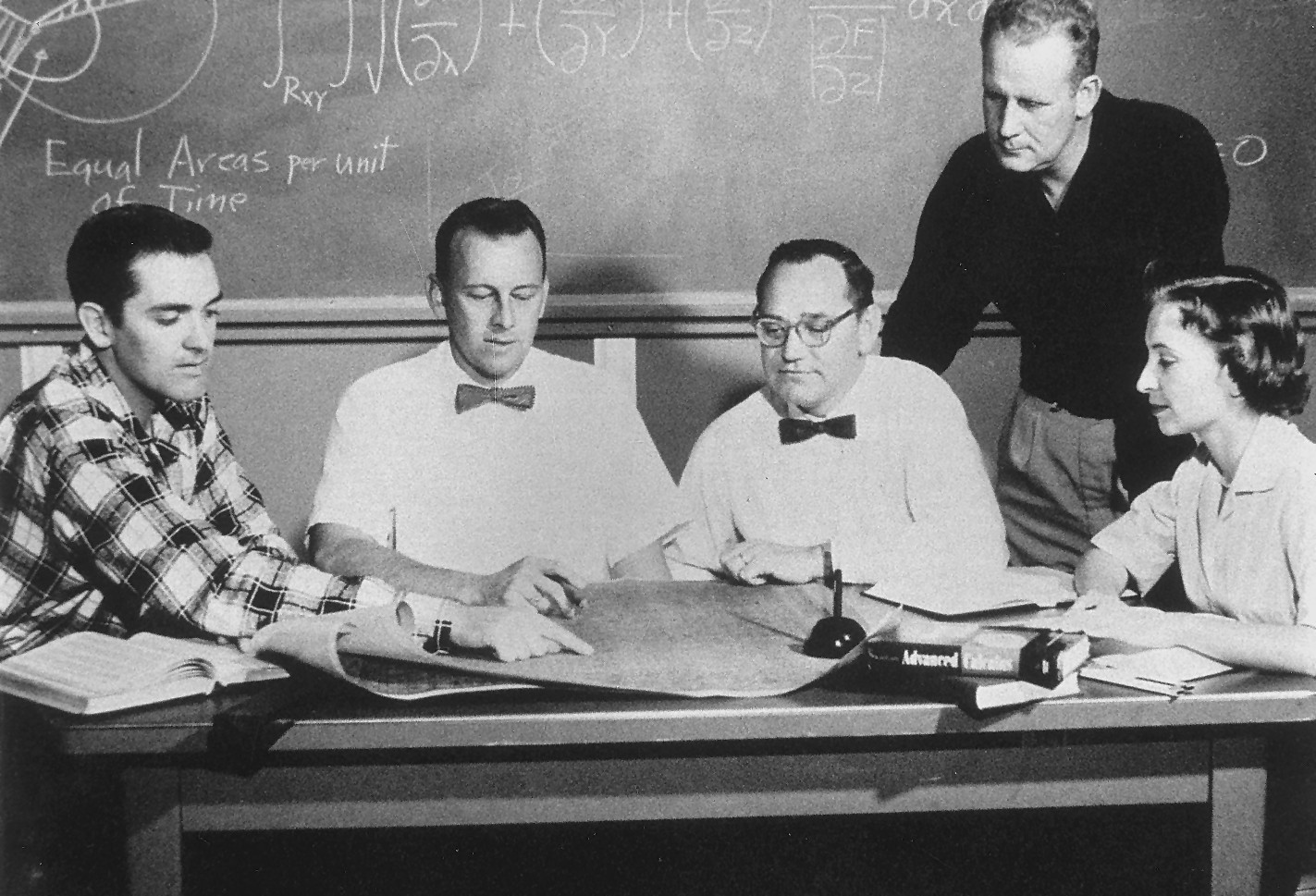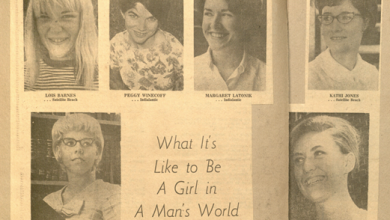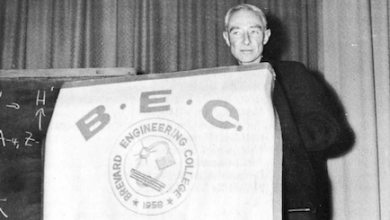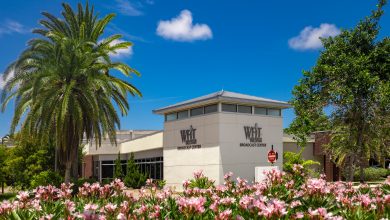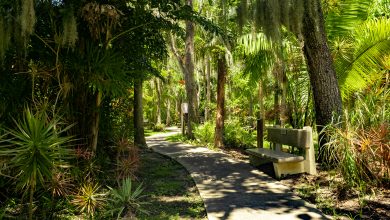The Secret History of Jerry Keuper’s Co-Conspirator
Dateline: Florida Tech 1958

A Co-Conspirator in Developing Brevard Engineering Institute
In February 1958 Jerry Keuper and a handful of his colleagues at the Missile Test Project began meeting at the Pelican Bar on A1A for after work libations. Donya Dixon, George Kelly, George Peters, and Harold Dibble were Keuper’s co-workers at RCA Systems Analysis Division at the Cape. In February and March these individuals became Keuper’s “co-conspirators” in formulating plans for what they called “Brevard Engineering Institute” (BEI). The idea had its genesis in Keuper’s experience working for the DuPont Corporation in Connecticut. In the evenings Keuper put aside his DuPont assignments, to teach classes at Bridgeport Engineering Institute. In January 1958 when Keuper arrived in Florida he was shocked to discover the limited opportunities for engineering and technical education at the Missile Test Project. Keuper’s idea was to create an after-hours engineering program in Melbourne modeled on his Bridgeport experiences.

Harold Dibble was an integral part of the project
Keuper’s colleague at RCA, Harold Dibble, was integral to this project. Dibble had come to the Cape in 1955. In 1949 Dibble graduated first in his class from Cornell with an engineering degree. He remained at Cornell where he completed his Ph.D. in the field of theoretical mechanics with a focus on the relationship between servo-mechanisms and mathematics. His passion was designing inertial guidance systems.
Keuper and Dibble became friends
At the Cape Keuper and Dibble quickly became friends. Both men had served in the Indo-China-Burma Theater in World War II. Keuper had been seconded from the Army to the Office of Strategic Services (OSS) while Dibble had served in the Army Air Corps. The two men shared a passion for science and teaching. After leaving Cornell Dibble had moved to Los Angeles to work for North American Aviation on the Navaho Missile Project. While in California Dibble had served as an adjunct professor at UCLA. At the Cape Dibble had served as an instructor in engineering extension courses offered by Rollins College and the University of Miami. Neither of these institutions, however, was willing to launch a full-time program of undergraduate and graduate courses. Keuper’s position at RCA’s Systems Analysis division put him in contact with a number of individuals with extensive academic experience.
The Pelican Gang of Four
The Pelican Bar meetings led to the idea of creating a scientific and technical institute on what would become the Space Coast. The Pelican Gang of Four announced their intention to launch what they called Brevard Engineering Institute in the spring. “The institute,” Harold Dibble declared in May 1958 in what was one of the university’s first press releases, “is an independent non-profit organization and is completely self-supporting. This new engineering college is a community endeavor and applications for enrollment will be welcomed from anyone employed on or off the military base.” Classes were scheduled to begin in September and would be held at Eau Gallie Junior High School (now Westshore Junior/Senior High School) Monday, Wednesday, and Friday evenings from 7-10 p.m. Jerry Keuper was named President of the nascent enterprise while Harold Dibble served as the college’s first dean and executive vice-president in charge of the hammering out the details of the academic program.
Three years later, Brevard Engineering College finds a home
Three years later the ragtag college found a permanent home in Melbourne. On April 15, 1961 in the ceremony marking the college’s construction of its first building, Harold Dibble was chosen to turn for first shovel of dirt in what would become the president’s office. Harold Dibble was not, however, destined to remain in Florida. An unpleasant divorce and opportunities on the West Coast led him to leave Florida. Dibble’s place in the creation of our university deserves to be remembered. Harold Dibble’s expertise in designing inertial guidance systems at the Missile Test Project earned him the respect of his colleagues. No less important was the guidance that Dibble gave to the early academic character of what was known colloquially as “Countdown College.”

